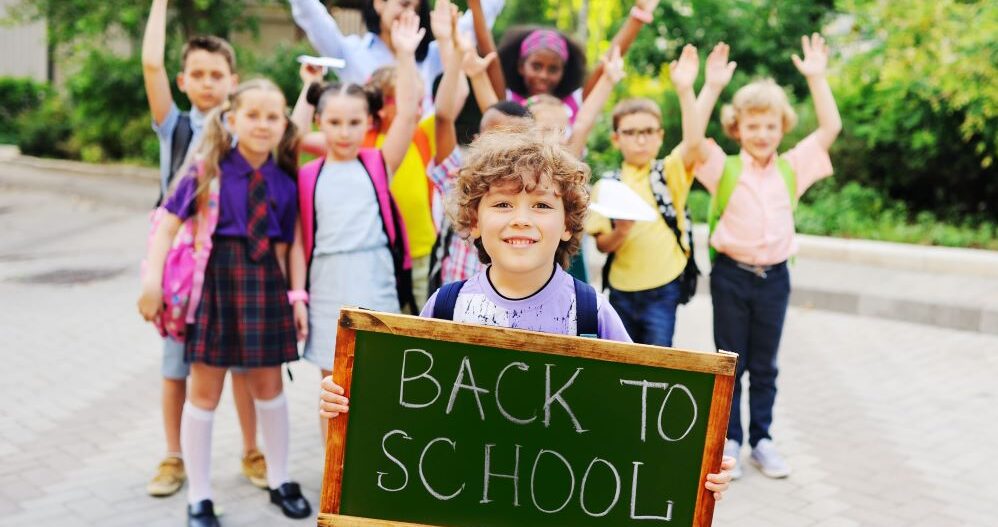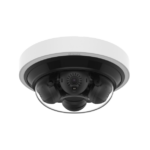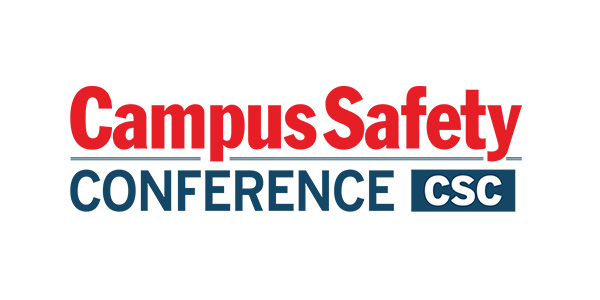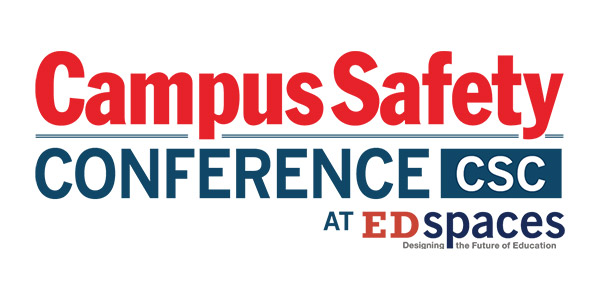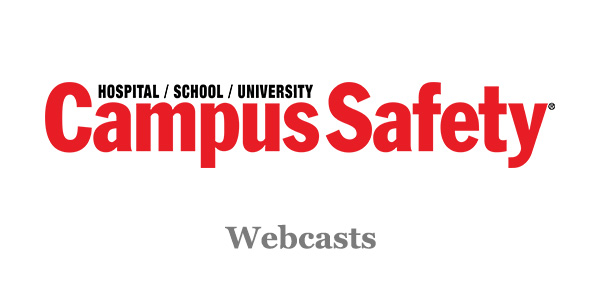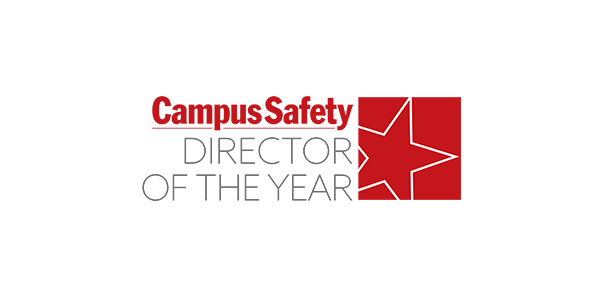Believe it or not, it’s time for back-to-school. School teachers and administrators have been hard at work preparing for the new school year. Some of this work involves outfitting their campuses with the latest and greatest technology — whether it’s new computers for students or new access control security measures — and some of it will be reviewing and implementing new processes for the upcoming year.
Related Article: Running College Stadium Security Like the Pros
Regardless, schools will be taking a hard look at the potential challenges they might face and how they can best prepare for a safe and successful school year.
Schools Face Evolving Challenges
The first set of challenges comes standard with every school year’s transition from summer to fall: shaking off the cobwebs and getting back into the swing of things.
During the summer, school campuses see far fewer students, and when doing summer work around schools, the adults may become a little bit more relaxed about security. This includes the small protocols that might not seem as urgent without students around — things like making sure every exterior door is closed and locked, or maintaining strict visitor check-in procedures. Those habits need to snap back into place quickly when the fall semester starts.
Educators and administrators need to hit the ground running. The beginning of the school year is when muscle memory matters, and teams must be prepared to re-engage with routine protocols as if they never left. This necessary reinvigoration also helps to address the evolving challenges schools face every year.
These new obstacles include issues like “swatting,” social media hysteria and rumors, and the continued influence of virtual classrooms. With these new threats, educators must learn how to vet situations quickly and accurately, even if they’re fresh off summer vacation. A hoax can look a lot like a real threat at first glance, and the consequences of failing to take it seriously represent an unacceptable risk when student safety is at stake.
The reality is that students simply have access to more ways to cause disruptions, and they don’t always have an understanding of what can cause a legitimate security risk. In a tale as old as time, kids are always testing the waters to see what they can get away with. It used to be pulling the fire alarm or phoning in a bomb threat to get out of class. Now, they have the whole internet, and with it, new methods of causing disruption that can spiral out of control before anyone realizes what’s happening.
New Year, New School Safety Measures
However, just as the challenges are evolving, so are the security measures and technologies available to K-12 districts. Summer vacation and the preparation for a new school year are actually the best time to renew and update policies, and to install and calibrate new security technology. It’s when schools can take a step back, evaluate what’s worked in the past, and get ahead of potential issues before students return.
Related Article: PASS Releases Update to K-12 School Safety and Security Guidelines
Schools should be reviewing data on previous events at this time. It’s a good time to run “what-if” scenarios. It’s also a good time for retrospection, introspection, and projection. What were the close calls last year? What issues might become problems this year? After that review, there are a few specific security technology details that should be addressed: access control, video surveillance with analytics that provide actionable information, and automatic notifications that reach the right parties at the right time.
Where access control is concerned, schools should have the ability to lock every perimeter door and make sure that they really are locked within a matter of seconds. Next, they should have more modern video surveillance cameras that have analytics, which will then lead to the necessary automatic notifications to all relevant parties. These notifications can range from something small, like a camera identifying a door left cracked open, to something larger-scale, like a group of students loitering in an off-limits area.
In the case of a propped door, a simple notification can be sent to a single security officer. For a more significant event, like a potential altercation or an unsupervised group, school resource officers or administrators can be alerted immediately. The goal is targeted, appropriate action that prevents problems from escalating, and keeps small issues from falling through the cracks.
Putting Plans in Place
Even if school campuses have all the security technology in the world, that technology is only as effective as the plans, policies, and lines of communication that support it. The back-to-school season is a good time to work through these policies and practice responses, allowing teams to identify mistakes and trouble spots and work through them in advance.
Drills and training sessions during the school year can be stressful and disruptive, but during the summer, there’s room to take time, ask questions, and test understanding. Playing out scenarios can help pinpoint misunderstandings before they happen in an emergency. For example, does every teacher know who initiates a lockdown and under what circumstances? Do front office staff know what to do if a parent shows up during a shelter-in-place event? These are the types of operational details that can get lost if not clearly outlined and rehearsed.
Any changes to policy should be clearly communicated before the school year starts and ideally with enough time for relevant walkthroughs or exercises. This way, breakdowns in communication during actual security incidents can be avoided. Teachers should know when they have the authority to call for a lockdown, for instance, instead of waiting for an administrator to be off campus.
Delays in critical moments can cost valuable time. Clarity beforehand ensures a faster, more effective response. In-the-moment adrenaline can only be overcome with practice and communication.
The summertime policy overhaul is also a good time to address and plan for accommodations and considerations that involve students with special needs. All emergency plans should include them, and educators should know how to help them through potentially scary or overwhelming moments. This includes explanations, guidance, and awareness of individual needs. Planning for inclusivity in emergency protocols isn’t just the right thing to do—it’s an important part of making sure that every student is accounted for and safe.
Preparation Makes the Difference
There are so many moving parts to all of this, of course. But the slow summer into a fresh fall allows administrators to put all of those moving parts in order, and make sure the team is ready for whatever may come their way. Make everything clear before a disaster happens, not after. That includes team roles, communication plans, disaster protocols, and training schedules. Don’t assume everyone knows what to do. Verify it through walkthroughs, checklists, and practice.
Think of all the ways things can fail. It’s uncomfortable, but it’s necessary. You can ask for help. Run situations by people who do security and disaster response for a living. Outside expertise can uncover blind spots and make good plans even better. Play out scenarios in a pain-free way that doesn’t have a cost, and have proactive security technology installed ahead of time before you need it.
In doing so, your school community will not only be safer — it will be more confident, more prepared, and more united in the mission of protecting every student, every staff member, and every visitor who walks through the door this year.
Jill Renihan is Axis Communications’ education segment development manager.
Note: The views expressed by guest bloggers and contributors are those of the authors and do not necessarily represent the views of, and should not be attributed to, Campus Safety.

